The Future of Cybersecurity Trends to Watch
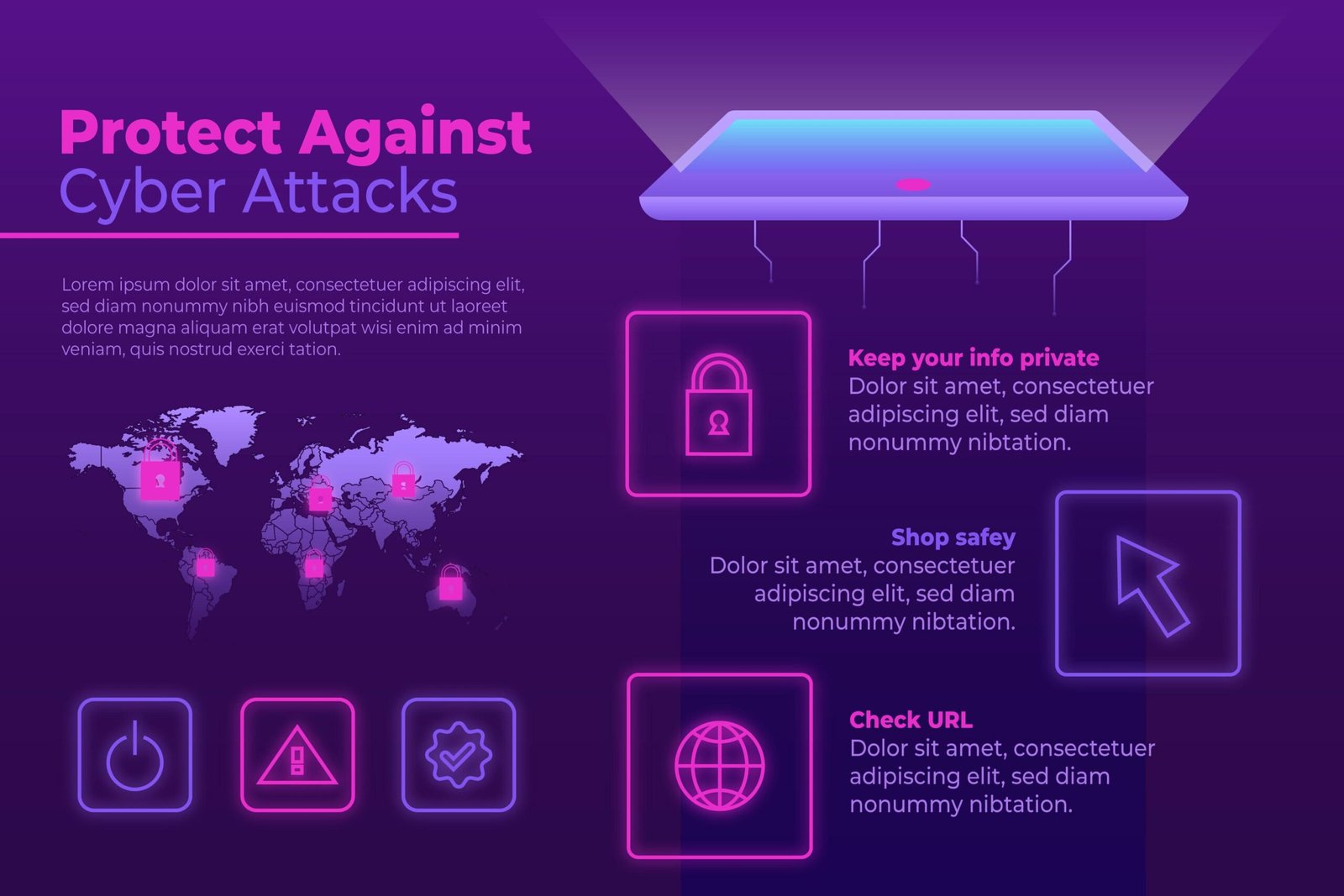
INTRODUCTION
Cybersecurity is no longer a luxury but a necessity in this increasingly digital world. Cyberattacks are coming in increasingly higher volumes and more often than ever before and pose a danger to all businesses, governments, and individuals around the world. One of the most important elements in fighting these emerging threats is cyber threat detection. With advanced tactics from cybercriminals, the future of cybersecurity will rely on cutting-edge technologies, advanced threat detection methods, and innovative strategies to safely protect critical data.
This blog will be really deep on cyber threat detection. It is going to explore future trends in cybersecurity and technologies that are revolutionizing the way we defend ourselves against cyber threats. From AI and machine learning to zero-trust architectures and behavioral analytics, we’ll find out how emerging technologies are changing the face of cybersecurity in the coming years.
Cyber Threat Detection
Cyber threats are dynamic, and their detection and mitigation need is increasingly spreading around the globe. In a nutshell, it is finding out the actual breach or attack of the hackers on the systems or network before the organization comes to know.
Damage could mean data breaches, financial loss, or reputational damage.
With more brilliant and sophisticated hackers, old-used tools such as firewalls and antivirus software would not be on par with that to battle with the threat that has taken shape. This kind of an increased level threat has to explore better tools and ways to come at par so the role there still comes back to advanced cyber threat detection. Organisations will experience the benefits of real-time monitoring, analytics and action in 2025 and onwards from adopting such plans
Cyber threat detection will grow importance in 2025. The organisations will continue to move into more interconnected digital spaces, but the exponential growth multiplies the possible attack vectors. Some common threats that could impact the security posture of an organization are data breaches, ransomware, APTs, and insider attacks.
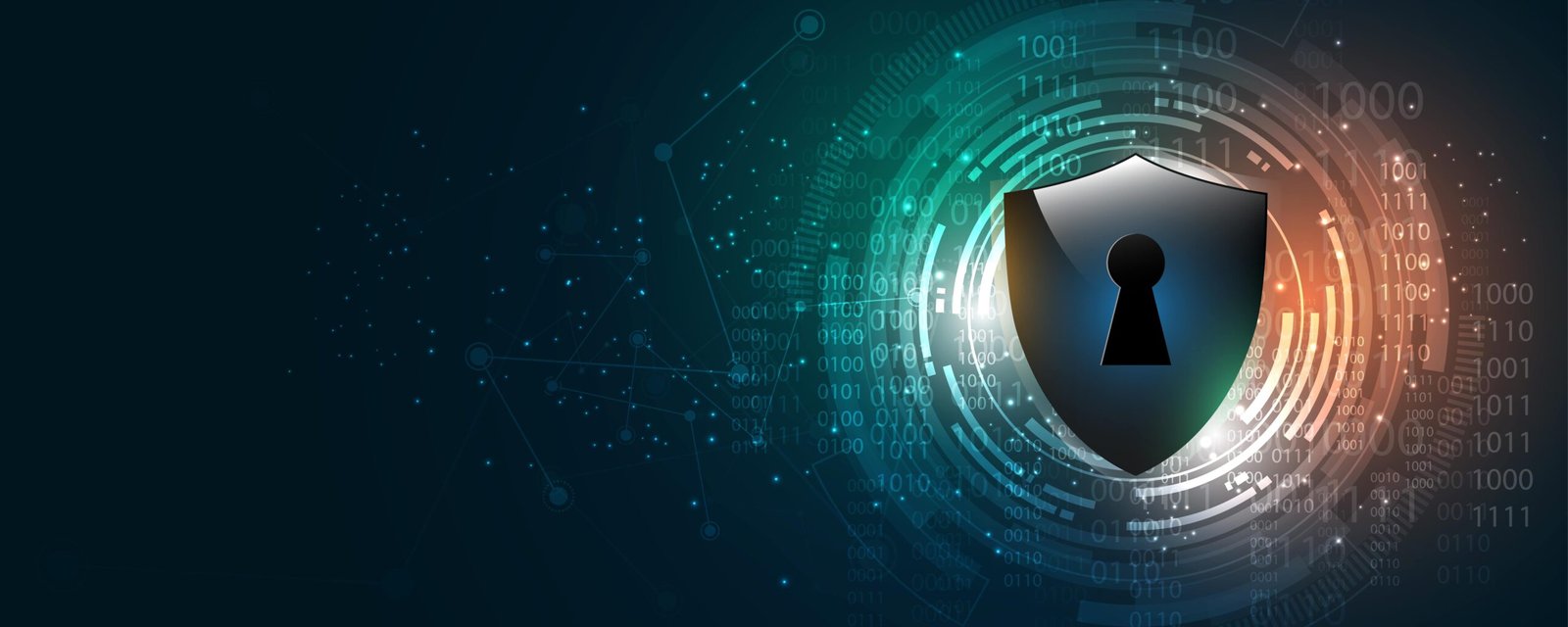
There are several reasons why cyber threat detection is important, including:
Prevention of Data Breaches: The earlier the threat is detected, the lesser damage it will cause. Cyber threat detection tools detect vulnerabilities and isolate them before the attacker can exploit the vulnerability.
It may cost millions in revenue loss and lawyer fees apart from recovery for a company because of a cyberattack. If detected early, businesses can take action as early as possible, which will bring down the expenses.
Loss of Customer Confidence: It is a loss in terms of money along with a reputation loss. This advanced cyber threat detection can provide the companies a chance to not lose customer confidence.
Compliance with regulations: Most of the sectors such as healthcare, finance, and retail are strictly bound by the data protection regulations. In this aspect, a good mechanism for cyber threat detection helps the companies stay in compliance with the set standards of GDPR, HIPAA, and PCI DSS.
Top Cyber Threat Detection Trends to Watch in 2025
Cybersecurity threats are only finding new ways to be sophisticated, and the tools and strategies used in the process of discovering and mitigating these cyber threats need to be equally proportionate in their sophistication. Some of the top trends with respect to cyber threat detection are those that will mold the cybersecurity landscape into 2025.
-
- Artificial Intelligence & Machine Learning in Threat Detection
The concept of Artificial Intelligence and Machine Learning are emerging into innovation leaders of transformation in game-changers by detecting cyber threats. They help enable cybersecurity systems to automate in real-time, detection, analysis, and responses.
High-performance AI-based systems can process a large number of data while processing it at speeds that are impossible for humans to match and identify patterns and anomalies that could point to a cyberattack. Also, through continuous learning from incoming data, machine learning algorithms learn new threats and eventually can detect new attack vectors.
Anomaly Detection: AI and ML can detect anomaly in user behavior and system activity, determine unusual patterns-sometimes such as unorthodox login times or unexplained data transfers which could raise suspicions of possible breach.
Automated Response: AI supports the cyber threat detection system to provide automatic prevention mechanism that isolates the compromised system or blocks suspect traffic.
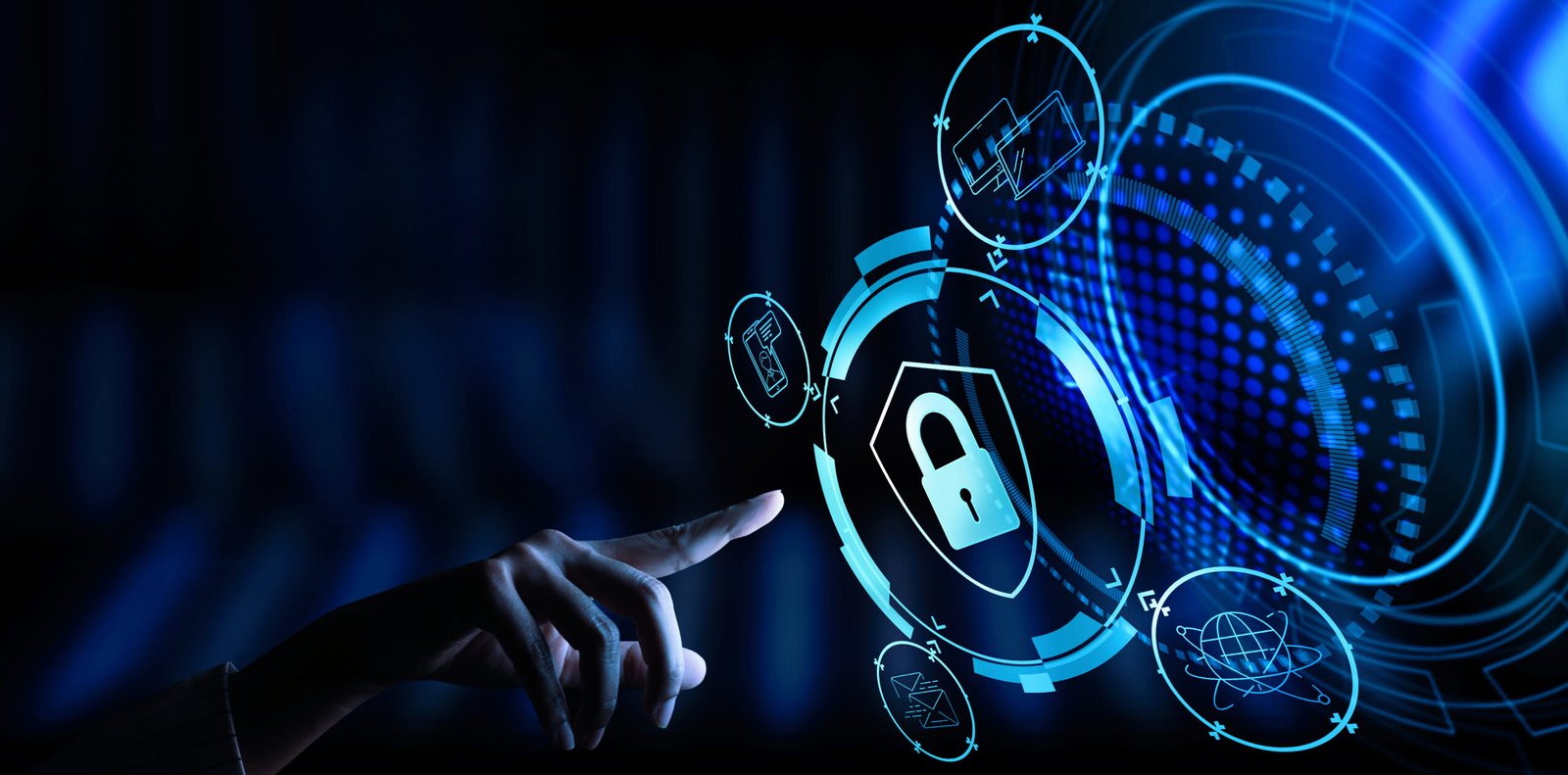 Data protection Cyber Security Privacy Business with Woman hand pointing with UI.Internet Technology Concept.[/caption] Data protection Cyber Security Privacy Business with Woman hand pointing with UI.Internet Technology Concept.
Data protection Cyber Security Privacy Business with Woman hand pointing with UI.Internet Technology Concept.[/caption] Data protection Cyber Security Privacy Business with Woman hand pointing with UI.Internet Technology Concept.
The more forward the AI and ML go, the more enhanced features are going to be there, and fast and accurate threat detection will be achieved.
-
- Zero-Trust Architecture (ZTA)
Zero-Trust Architecture is one of the most important future trends in cyber threat detection. Moving ahead from a traditional security model in which users in an organization trust it, ZTA follows the very effective mantra “never trust, always verify.”
In the Zero-Trust model, all devices, users, and applications are perceived as already compromised. It will provide access solely on the basis of continuous verification. This highly disables cybercriminals from exploiting the vulnerability, as well as lateral movement when they penetrate into the network.
All the associated devices with users in the Zero-Trust architecture continuously get validated, thereby making the process of a network’s cyber threat detection more actively and holistically.
The developing cyber threat-detecting tools are moving toward automation, but human skills will also be required to identify the threats that an automated system may miss. Threat hunting means active search for latent threats within the organization’s network rather than waiting passively for an alert trigger.
Through system logs and other sources, threat hunters search for the presence of anomalous activity or preliminary indications of compromise. Its general objective is to detect those threats that do not cause severe destruction initially. By 2025, threat hunting shall be part of integrated security approaches toward all-inclusive operations of security.
-
- Behavioral Analytics
Behavioural analytics applies advanced analytics to track and monitor the behavior of a user as well as entities in the network. Tools can set a baseline of normal behavior and point out deviations from the baseline as indicative of an in-progress cyberattack.
For example, where a user suddenly accesses sensitive data in enormous amounts or logs in at odd hours, it may become apparent that an account is compromised.
But use of behavioral analytics focusing on the behavior of the user instead of static signatures makes this kind of cyber threat detection increased so that it can pick between internal and external threats.
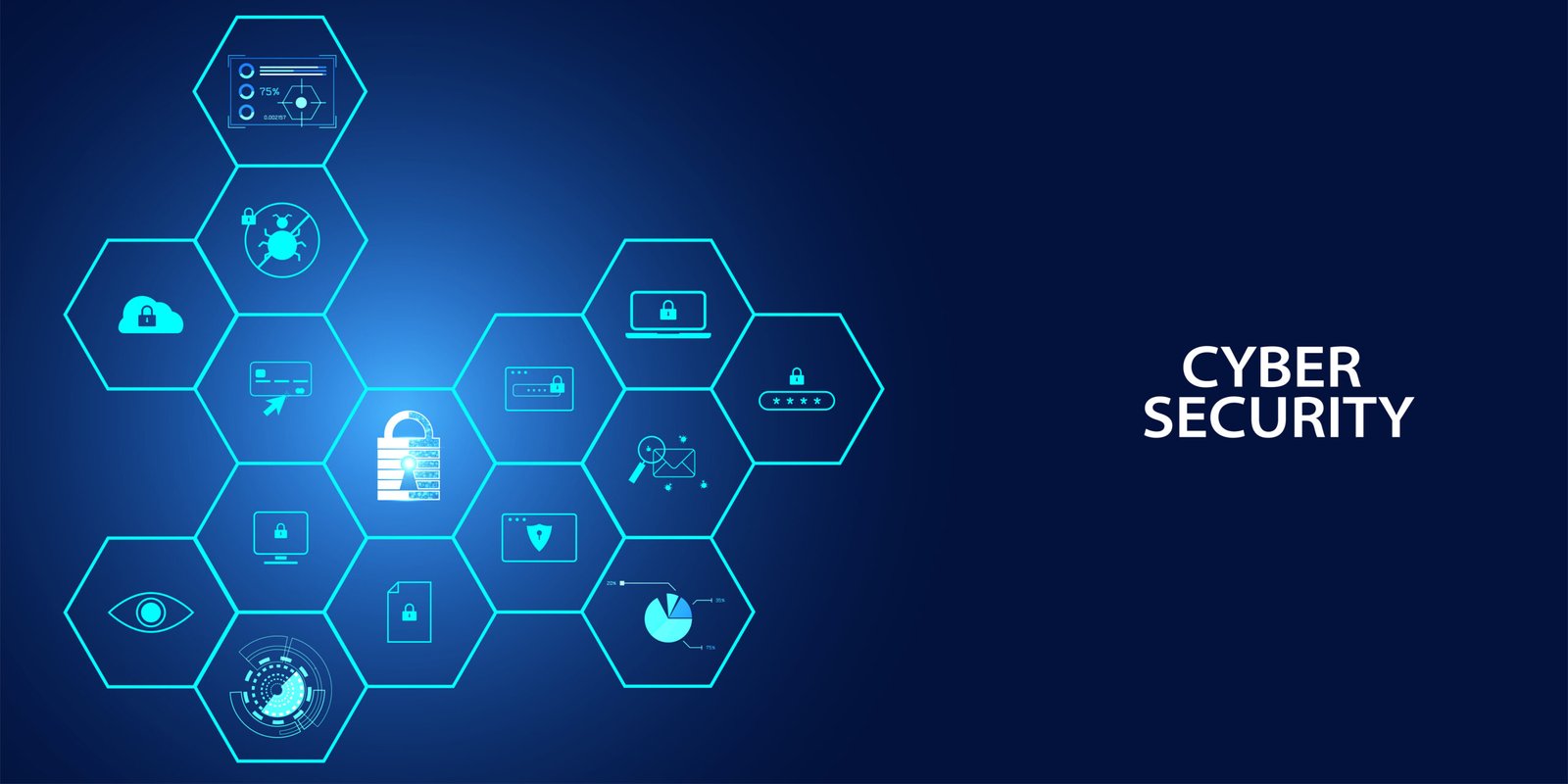 abstract padlock cyber security with hexagon icons concept Protection of information in the online world, cyber personal information, internet, preventing internet theft
abstract padlock cyber security with hexagon icons concept Protection of information in the online world, cyber personal information, internet, preventing internet theft
abstract padlock cyber security with hexagon icons concept Protection of information in the online world, cyber personal information, internet, preventing internet theft
-
- Cloud Security and Cloud-Native Threat Detection
Since all organizations have moved continuously to the cloud, it has been very crucial to generate an efficient and potent cyber threat detection tool, especially for the cloud scenario. As a result of the new nature of problems in the infrastructure of a cloud, the traditional security tools prove to be inefficient for use within cloud-based systems.
Cloud-native threat detection tools, especially made for a cloud environment, can present better visibility. Thus, an organization can track its cloud traffic for potential threats and vulnerabilities
It involves sharing threat information from and between the organizations, governments, and the security experts involved in cyber threats, threats, and vulnerabilities as well as their attack techniques. This gives them an enhanced chance of increasing detection of cyber threats through knowledge gathering from other threat intelligence shared by others.
-
- Quantum Computing and Its Impact on Threat Detection
Quantum computing is still in its infancy but holds the promise of revolutionizing cyber threat detection through unprecedented computational power. While quantum computing may one day break traditional encryption methods, it also allows for processing complex data sets at a speed never before seen.
Cybersecurity experts are busy today in the quest for developing quantum-resistant encryption and other technologies that will help organizations secure their data from the menace of quantum computing. As the evolution process of the quantum computer advances, a very important role will be played by quantum computing in shaping the cyber threat detection landscape.
-
- Role of Automation in Cyber Threat Detection
Automation is, therefore, the future of cyber threat detection. Cyber threats grow exponentially, meaning that the manual detection will no longer be viable. The organization will be able to detect the threat faster and respond more efficiently if the automation tools streamline the processes involved in detecting and responding to the threats.
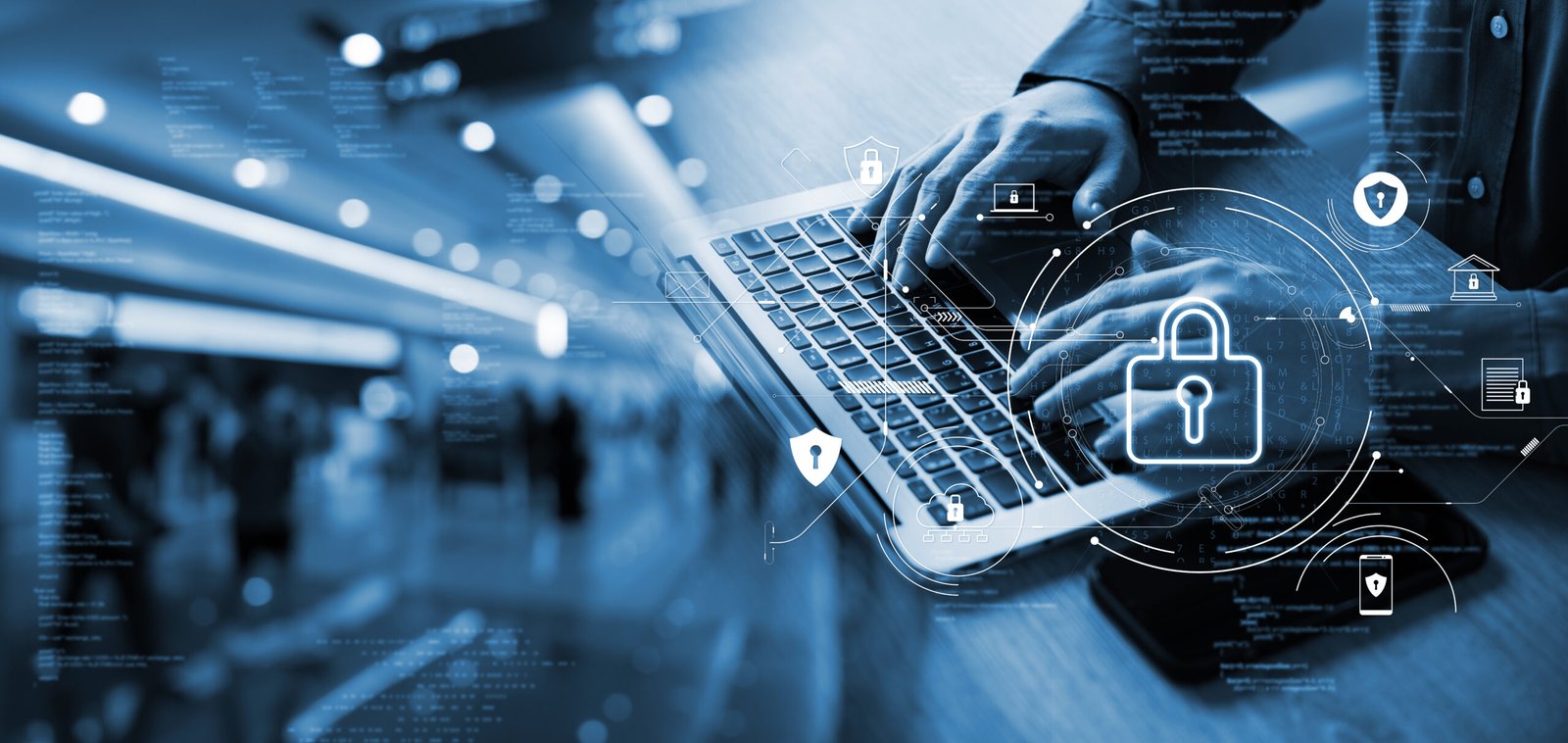
cybersecurity and privacy concept of data protection, secure encryption technology, secure internet access, secure encryption of user private data, Business confidentiality security.
Conclusion: The Future of Cyber Threat Detection
It is here that advanced AI, machine learning, and quantum computing will eventually move forward in the future of cyber threat detection. As more cybercriminals turn
resourceful and tech-savvy, so must the means and methods to detect and counter the threats they create. A key set of elements in this light would include proactive measures like threat hunting, behavioral analytics, and Zero-Trust architecture against cyberattacks.
By staying at the forefront of the emerging trends and investments in the right technologies organizations can harden their cyber threat detection as well as protect their sensitive data from all the ever-changing cyber threats. Cybersecurity will only be an arms race into 2025 and beyond as those who stayed ahead of the curve will successfully hold onto safeguarding their digital assets.
Disclaimer:
The views expressed in this blog are purely informative. Organizations should consult their respective cybersecurity experts to get more specialized guidance about how to spot cyber threats and tactics that would be apt for them.
Recent Posts
Categories
- Cyber Security
- Security Operations Center
- Cloud Security
- Case Study
- Technology Trends
Vulnerability Assessment & Penetration Testing (VAPT)
Buy our VAPT services to identify vulnerabilities, simulate real-world attacks, and strengthen your systems against cyber threats effectively.

iso compliance service
Buy our ISO Compliance services to streamline processes, ensure security, meet global standards, and maintain industry certifications with ease.

SOC 2 Compliance Audit
Ensure your business meets security, privacy, and compliance standards with our SOC 2 Compliance Audit services. Protect data, build trust, and stay secure. Buy our services today!

GDPR Compliance Audit Services
Ensure your organization meets GDPR standards with our expert compliance audit services. Protect data, avoid penalties, and enhance privacy practices. Buy our services today to stay secure and compliant!

Subscribe to our Research
Enter your email address to subscribe to Lumiverse Research and receive notifications of new posts by email.
Tell Us Your Opinion
We value your perspective! Share your thoughts, feedback, or questions below. Your opinion matters and helps create a richer, more engaging conversation. Let’s connect and hear what you think about this post!

